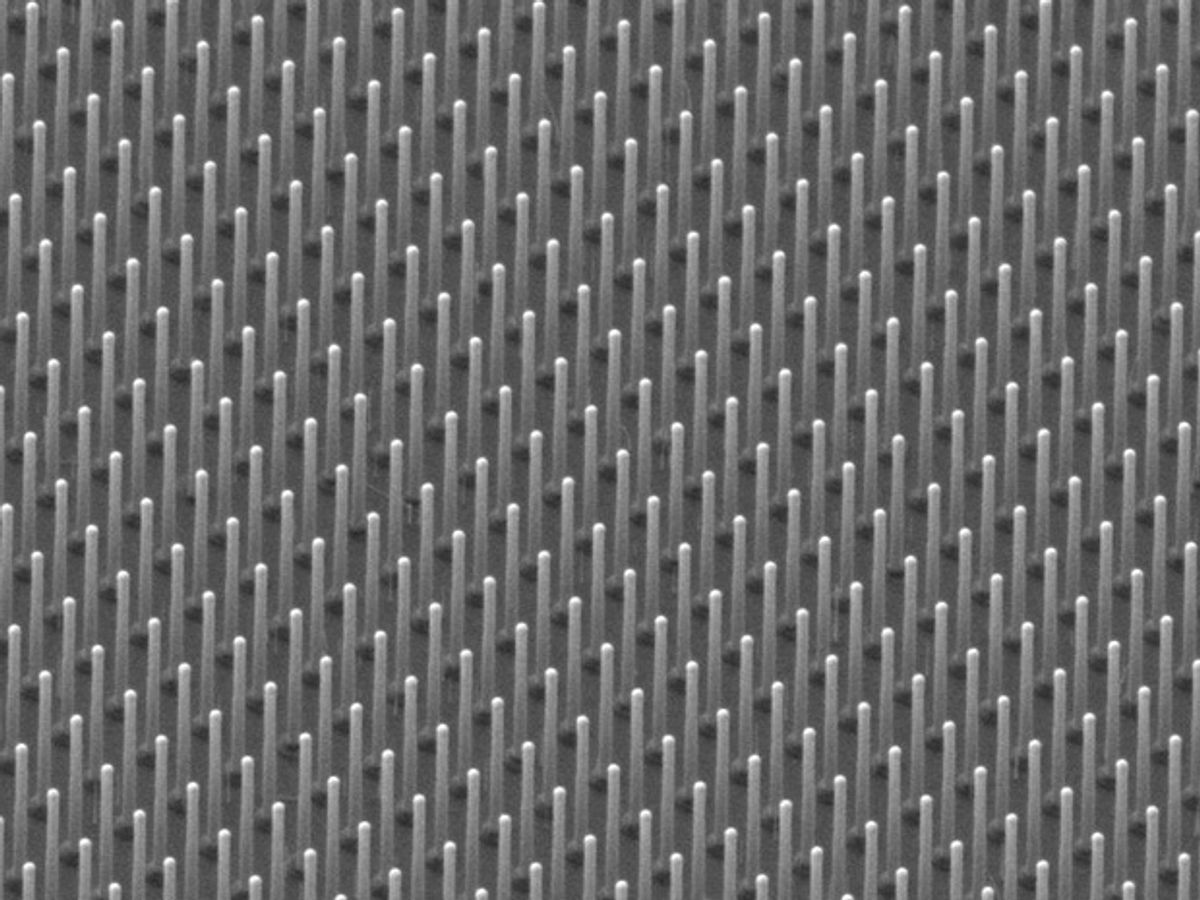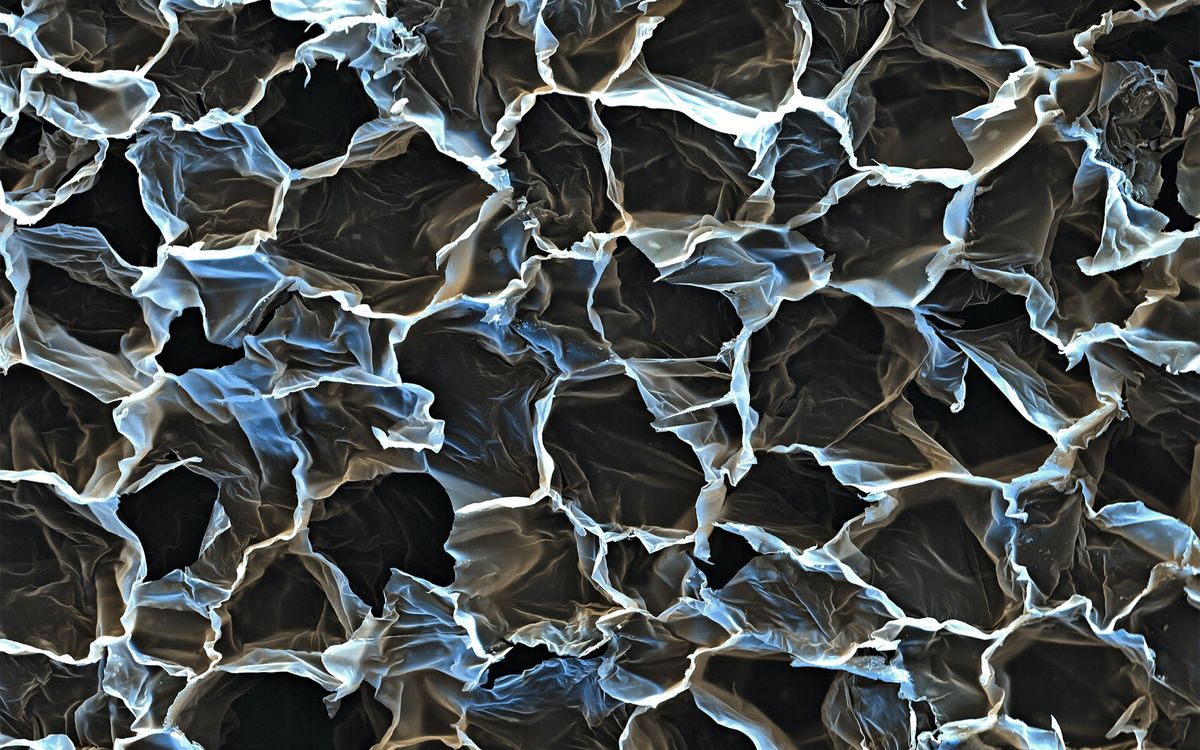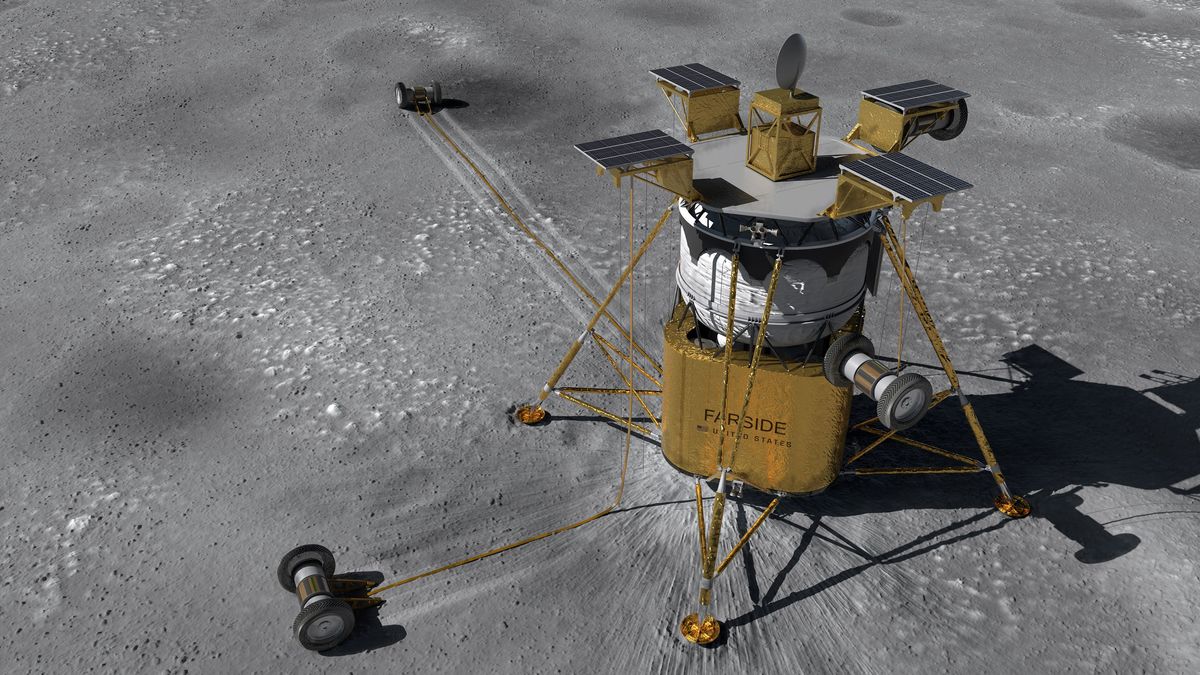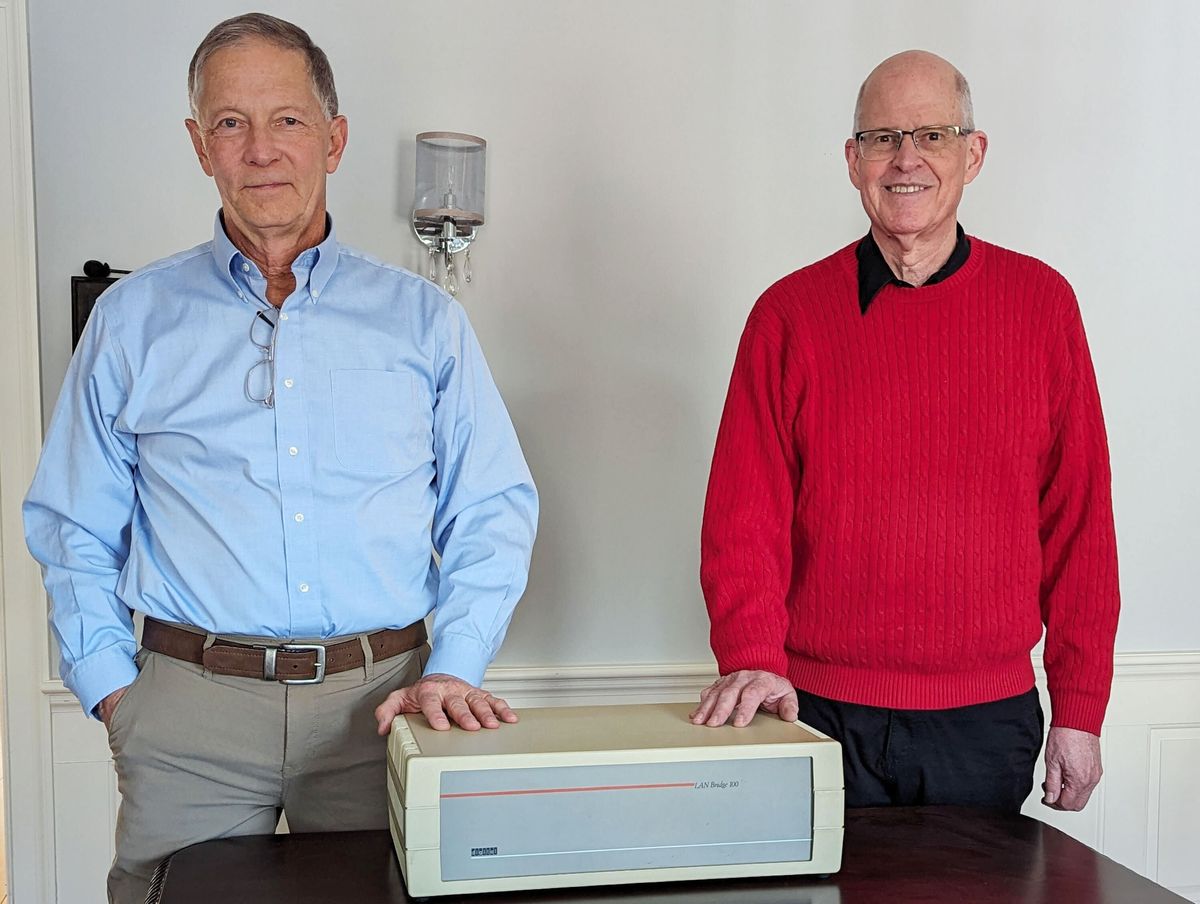Researchers at the Eindhoven University of Technology, Delft University of Technology and the company Philips in the Netherlands have developed a method for increasing the conversion efficiency of nanowire-based photovoltaic cells: Give them a good cleaning. While the researchers have demonstrated an increase to 11.1 percent efficiency with their technique, it is the long-term prospects of the method that appear the most promising with estimates for the conversion efficiency ultimately reaching 65 percent.
The potential for nanowire-based photovoltaics to reach extremely high conversion efficiencies was demonstrated earlier this year when researchers at the Nano-Science Center at the Niels Bohr Institut in Denmark and the Ecole Polytechnique Fédérale de Lausanne in Switzerland suggested that nanowire photovoltaic cells could surpass the Shockley-Queisser limit. The Shockley-Queisser limit is a theory established in 1960 that suggested among other things that that only 33.7 percent of all the sun’s energy could be converted into electricity for solar cells with a single p-n junction. To surpass this limit has been a Holy Grail quest of sorts for photovoltaics.
Now with this latest research the Shockley-Queisser limit could be surpassed by a huge margin. The technique, which is described in the journal Nano Letters (“Efficiency Enhancement of InP Nanowire Solar Cells by Surface Cleaning”) involves a surface cleaning of the nanowires.
The cleaning is a chemical reaction that the researchers have dubbed “piranha etching”. The result of the process is that indium phosphide nanowires come out much smoother and have fewer imperfections.
This cleaning of the surface addresses the Achilles Heel of nanowire photovoltaics. While the surface area of nanowires enables photovoltaics to be produced without using as much costly semiconductor material as ordinary photovoltaics do, the nanowires cell's large surface area is prone to have imperfections that result in energy loss.
The 11.1 percent conversion efficiency achieved by the Netherlands-based researchers does not equal the record of 13.8 percent achieved by an international team of researchers earlier this year. However, that may be of little consequence if the promise of this latest research can be realized.
“By varying the thickness of the nanowires and improving the way the crystals inside them are stacked, we think we should soon be able to approach an efficiency of 20 percent”, says Professor Erik Bakkers, one of the lead researchers, in a press release.
Following this basic approach, the researchers believe that theoretically they could reach a conversion efficiency as high as 65 percent. If that’s true, and it can be produced relatively inexpensively, it'll be a game changer.
Image: Eindhoven University of Technology
Dexter Johnson is a contributing editor at IEEE Spectrum, with a focus on nanotechnology.



